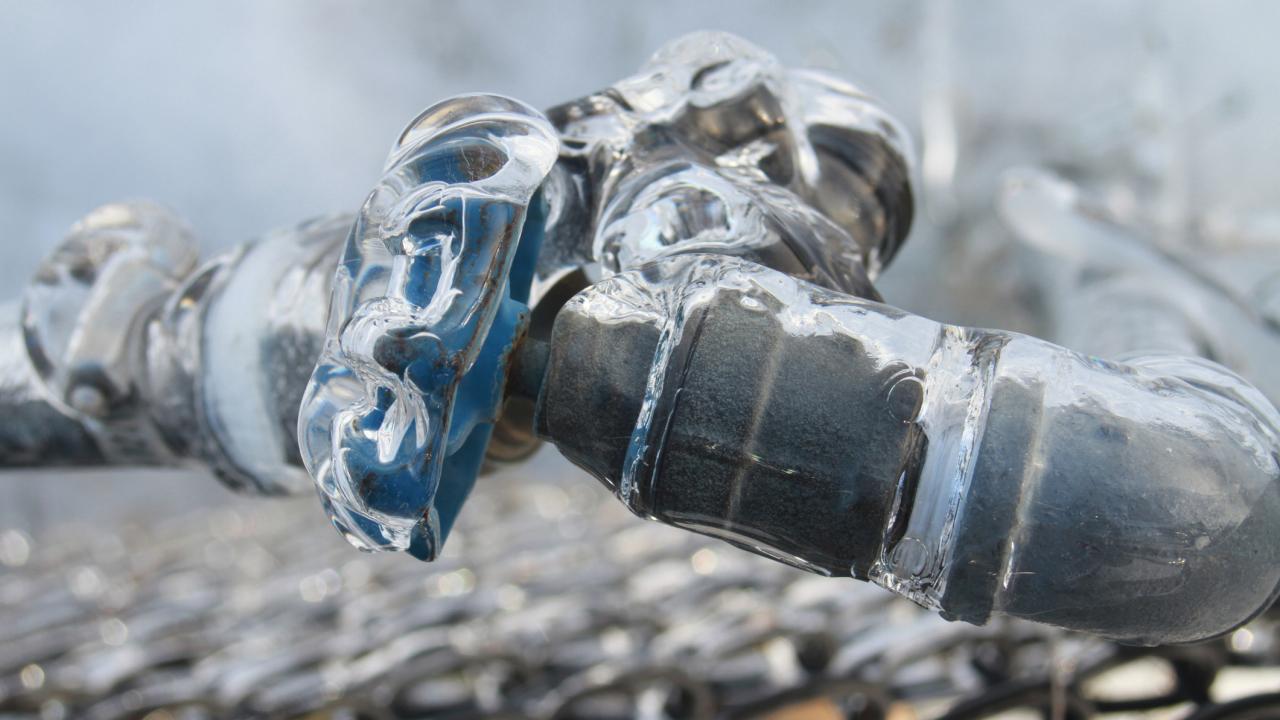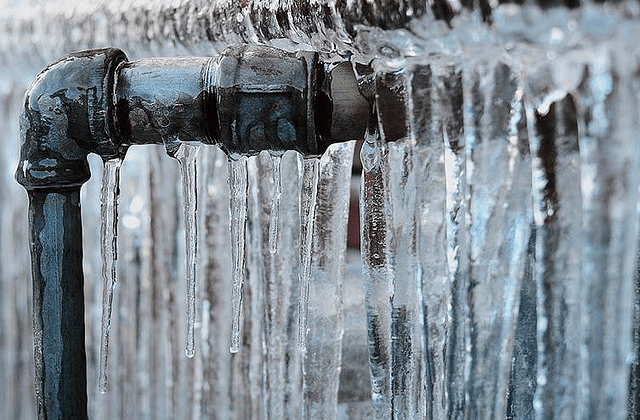Crucial Tips to Avoid Frozen Pipes in Cold Weather
Crucial Tips to Avoid Frozen Pipes in Cold Weather
Blog Article
Listed here further down yow will discover lots of great ideas involving Winter Plumbing Precautions: Preventing Frozen Pipes.

Cold weather can wreak havoc on your plumbing, particularly by freezing pipes. Below's how to prevent it from happening and what to do if it does.
Intro
As temperature levels decrease, the risk of icy pipes increases, possibly causing costly repairs and water damages. Comprehending exactly how to prevent icy pipes is vital for property owners in cool environments.
Understanding Frozen Pipelines
What causes pipelines to freeze?
Pipes ice up when revealed to temperatures below 32 ° F (0 ° C) for extended durations. As water inside the pipelines ices up, it increases, taxing the pipe walls and potentially causing them to break.
Threats and problems
Frozen pipes can bring about water supply disturbances, residential property damage, and pricey fixings. Burst pipes can flooding homes and create substantial architectural damage.
Indicators of Frozen Pipes
Determining frozen pipelines early can stop them from rupturing.
How to recognize frozen pipes
Seek decreased water flow from faucets, uncommon smells or sounds from pipelines, and noticeable frost on subjected pipes.
Avoidance Tips
Shielding vulnerable pipelines
Cover pipes in insulation sleeves or use heat tape to secure them from freezing temperatures. Focus on pipelines in unheated or external areas of the home.
Heating strategies
Maintain indoor spaces adequately heated, specifically areas with plumbing. Open up cabinet doors to enable warm air to flow around pipelines under sinks.
Protecting Outside Pipes
Yard pipes and outside taps
Separate and drain pipes yard pipes prior to winter months. Mount frost-proof faucets or cover exterior taps with protected caps.
What to Do If Your Pipes Freeze
Immediate actions to take
If you suspect icy pipelines, keep faucets open to alleviate pressure as the ice thaws. Utilize a hairdryer or towels soaked in warm water to thaw pipes slowly.
Long-Term Solutions
Architectural adjustments
Consider rerouting pipelines far from exterior wall surfaces or unheated areas. Include extra insulation to attic rooms, basements, and crawl spaces.
Upgrading insulation
Buy top notch insulation for pipes, attics, and wall surfaces. Proper insulation assists maintain constant temperature levels and reduces the danger of icy pipes.
Final thought
Avoiding icy pipelines requires positive procedures and fast responses. By understanding the causes, indications, and safety nets, home owners can safeguard their plumbing during cold weather.
5 Ways to Prevent Frozen Pipes
Drain Outdoor Faucets and Disconnect Hoses
First, close the shut-off valve that controls the flow of water in the pipe to your outdoor faucet. Then, head outside to disconnect and drain your hose and open the outdoor faucet to allow the water to completely drain out of the line. Turn off the faucet when done. Finally, head back to the shut-off valve and drain the remaining water inside the pipe into a bucket or container. Additionally, if you have a home irrigation system, you should consider hiring an expert to clear the system of water each year.
Insulate Pipes
One of the best and most cost-effective methods for preventing frozen water pipes is to wrap your pipes with insulation. This is especially important for areas in your home that aren’t exposed to heat, such as an attic. We suggest using foam sleeves, which can typically be found at your local hardware store.
Keep Heat Running at 65
Your pipes are located inside your walls, and the temperature there is much colder than the rest of the house. To prevent your pipes from freezing, The Insurance Information Institute suggests that you keep your home heated to at least 65 degrees, even when traveling. You may want to invest in smart devices that can keep an eye on the temperature in your home while you’re away.
Leave Water Dripping
Moving water — even a small trickle — can prevent ice from forming inside your pipes. When freezing temps are imminent, start a drip of water from all faucets that serve exposed pipes. Leaving a few faucets running will also help relieve pressure inside the pipes and help prevent a rupture if the water inside freezes.
Open Cupboard Doors
Warm your kitchen and bathroom pipes by opening cupboards and vanities. You should also leave your interior doors ajar to help warm air circulate evenly throughout your home.

Do you like more info about Preventing and dealing with frozen pipes? Leave feedback further down. We would be delighted to listen to your opinions about this write up. We are looking forward that you visit us again later on. Do you know someone else who is intrigued by the niche? Take a moment to share it. Thanks for being here. Come back soon.
Pricing Report this page